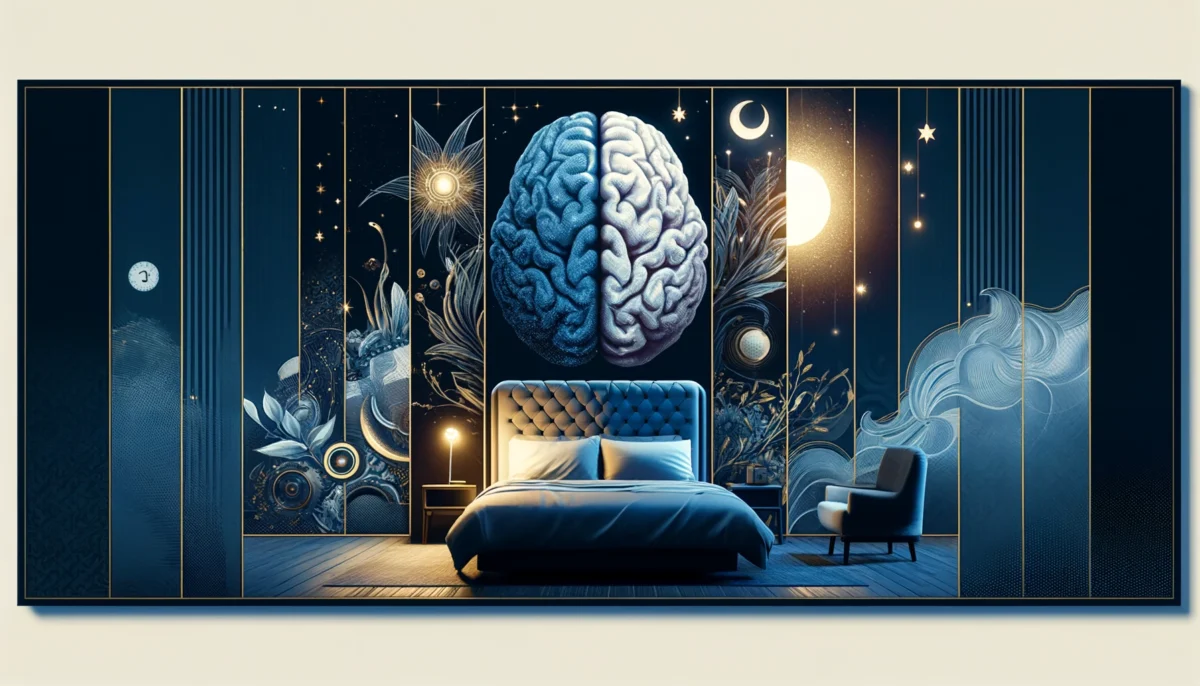Hafiz Ridwanganiy Nafiu, Student, Jamia Ahmadiyya International, Ghana

On average, a person spends about one-third of their lifetime sleeping, so understanding the facts behind it could be really helpful for our health and physical well-being.
Necessity of sleep
Sleep is an integral part of our lives; human beings cannot live for an extended period without it. The longest duration a normal human being could live without sleeping, before succumbing to hallucination, is four to five days. (“How Long Can You Go Without Sleep? Function, Hallucination, and More”, www.healthline.com) Even at this time, the body could become totally weak and unable to function properly. This shows to what extent our bodies need sleep, especially after long work durations or being stressed to some extent, usually at night.
Sleep and the Holy Quran
Thus, for us to understand the in-depth knowledge of sleep, it will be necessary for us to study the concepts of day and night. This leads us to the Holy Quran, where Allah says:
وَہُوَ الَّذِيۡ جَعَلَ لَکُمُ الَّيۡلَ لِبَاسًا وَّالنَّوۡمَ سُبَاتًا وَّجَعَلَ النَّہَارَ نُشُوۡرًا
“And He it is Who has made the night a covering for you, and [Who has made] sleep for rest, and has made the day for rising up.” (Surah al-Furqan, Ch.25: V.48)
It is evident from this verse that Allah, the creator of all things, has created our bodies and has designed them in a way that we have the responsibility to take care of them ourselves, which can be easily achieved by resting, sleeping adequately, and so on.
Benefits of sleep
Sleep grants us lost power; all the energy exhausted during the day is regained through sleep. Imagine what could happen if someone decided not to sleep after long working hours. Evidently, we would notice that the body would not be in good condition the following day, feeling dizzy, bewildered, confused, and unable to fulfil its duties properly, if at all.
Sleep stages and types of sleep
How well-rested you are and how well you function depends not just on your total sleep time, but also on how much sleep you get each night and the timing of your sleep stages. Your brain and body functions remain active throughout sleep, and each stage of sleep is linked to specific types of brain waves – distinctive patterns of electrical activity in the brain. (“Brain Basics: Understanding Sleep”, www.ninds.nih.gov)
Sleep is divided into two basic types: rapid eye movement (REM) sleep and non-REM sleep, consisting of three different stages:
Stage 1: Light sleep; easily awakened; muscles relax with occasional twitches; eye movements are slow.
Stage 2: Eye movements stop; slower brain waves, with occasional bursts of rapid brain waves; usually occur about 90 minutes after falling asleep; cycles along with the non-REM stages throughout the night.
Stage 3: Occurs soon after falling asleep and mostly in the first half of the night; deep sleep; difficult to awaken; large slow brain waves, slow heart and respiratory rates, relaxed muscles; eyes move rapidly behind closed eyelids; irregular breathing, heart rate, and blood pressure; dreaming occurs, and arm and leg muscles are temporarily paralysed.
Sleep begins with non-REM sleep. In stage 1 non-REM sleep, you sleep lightly and can be awakened easily by noises or other disturbances. Your eyes move slowly, your muscles relax, and your heart and breathing rates begin to slow. Stage 2 non-REM sleep is characterised by slower brain waves with occasional bursts of rapid waves, and you spend about half the night in this stage. Stage 3 non-REM sleep involves even slower brain waves, mainly producing Delta waves, and is a very deep stage of sleep during which it is difficult to be awakened. (Ibid.)
REM Sleep
Deep sleep is considered the “restorative” stage of sleep necessary for feeling well-rested and energetic during the day. During REM sleep, your eyes move rapidly in different directions while closed, breathing becomes more rapid and irregular, and your heart rate and blood pressure increase. Dreaming typically occurs during REM sleep, and arm and leg muscles are temporarily paralysed to prevent acting out dreams. You typically enter REM sleep about an hour to an hour and a half after falling asleep, and sleep stages repeat continuously throughout the night.
Almost half of the total sleep time is spent in stage 2 non-REM sleep, and about one-fifth each in deep sleep (stage 3 of non-REM sleep) and REM sleep. Infants spend half or more of their total sleep time in REM sleep, gradually decreasing as they grow. REM sleep stimulates the brain regions used for learning and memory. Dreams are generally recalled upon waking or being awakened by an alarm or noise in the environment.
Sleep deprivation
Sleep deprivation can have serious consequences for health and well-being, including an increased risk of chronic diseases like diabetes, heart disease, and obesity. It can also lead to cognitive and memory impairment, changes in mood and behaviour, increased appetite, and a preference for high-calorie foods. Adequate sleep is crucial for maintaining physical and mental health.
Conclusion
In conclusion, sleep plays a vital role in overall health and well-being, and understanding its mechanisms and benefits is essential for leading a healthy life. By prioritising good sleep habits, we can ensure better physical, mental, and emotional health.

